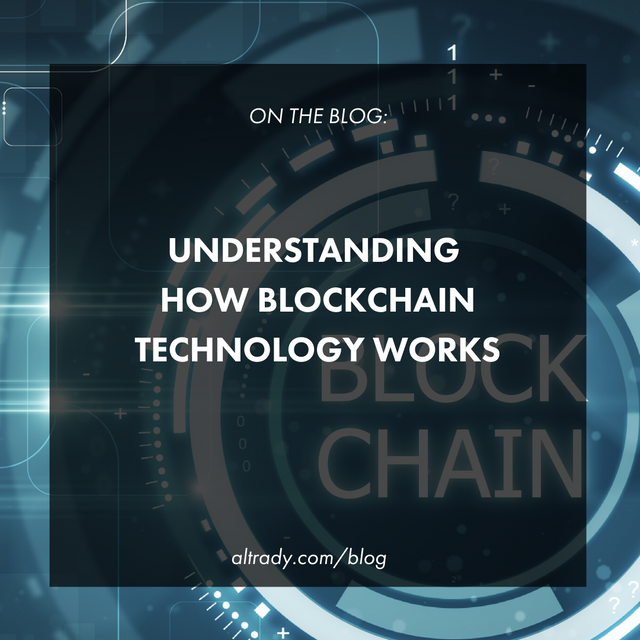Understanding How Blockchain Technology Works
If you want to build your crypto wealth, you have to get a basic understanding of what blockchain means and how blockchain technology works.
Using advanced cryptocurrency tools can help, but knowing the underlying foundation of digital currencies through blockchain would give you a better perspective about crypto trading.
When was blockchain created?
Blockchain was first conceptualized in 1991. Yes, the first idea about blockchain was outlined as early as 1991 by two researchers named Stuart Haber and W. Scott Stornetta. Their original goal was to implement a system that would make document timestamps tamperproof.
However, it was only in January 2009 when the first real-world application of blockchain technology was introduced to the public through the Bitcoin protocol. This was made possible by a pseudonymous developer named Satoshi Nakamoto, who launched the idea of having an independent, decentralized, trustless, and electronic cash system that is based on cryptography.
What is blockchain technology?
For newcomers in the tech sphere and crypto world, the terms involved in the technical definition of blockchain technology may be challenging to understand. So let us try to make a simple explanation of blockchain technology by looking further into the two components of the compound word blockchain. After all, blockchain is basically a chain of blocks.
“Blocks” in the context of blockchain = digital information
But what kinds of digital information do blocks store?
When the transaction happened and how much was involved - Similar to when you buy something from a retail store, you will get a receipt that contains the exact date, time, and amount of the purchase. However, in the case of blockchain technology, you don’t get a physical piece of paper, but the transaction was recorded by the many computers in the blockchain network.
Who is involved in the transaction - Blocks keep a record of who participated in the transaction. However, because of the confidential nature of blockchain, your real name isn’t disclosed in the network. Instead, the record only contains a digital signature.
A unique code that distinguishes the particular transaction from the other transactions - Each transaction on the blockchain is unique cannot be manipulated, and cannot be changed. This unique code is called a “hash” which is a cryptographic code that is created by a special algorithm.
Know that each block can contain multiple transactions. For example, a single block on the Bitcoin blockchain can store up to 1 MB of data. Thus each block can contain thousands of transactions depending on their size.
“Chain” in the context of blockchain = public database
With blockchain technology, these individual blocks are strung together to create a chain, which is a public database. It is characterized by a linear chain of multiple blocks that are connected and secured by cryptography. It is also distributed to millions of decentralized networks with not a single authority taking control of the database.
If we take into account our explanation of blocks and chains, we can think about blockchain as a list or ledger of multiple transactions. What differentiates it from the traditional ledgers of banks and other financial institutions is that the blockchain can be verified and distributed by the public with information that cannot be tampered with.
How does this entire blockchain system work?
When a transaction occurs, it will first be verified by the network of computers in the blockchain. Once it has been confirmed to be true, then the network of computers will decide to group it with other transactions in the block. Then the block will be given a hash or a unique identifying code before it could be added to the blockchain. Once the block has been added to the blockchain, it becomes publicly available. This means that anyone can view the transaction data which includes essential information such as when and where it happened and who made the transaction (through a digital signature).
As with a chain, blocks are also linked to each other that’s why it becomes practically impossible to modify or manipulate the information contained in a block. Each confirmed block is linked to the block that comes before it and is also secured by cryptographic proofs. It is considered as a linear chain because each new block is always linked or added to the end of the chain.
Who is responsible for the verification of transactions and the creation of blocks?
We call them miners or those who are engaged in a costly and intensive computational activity to verify multiple transactions and are responsible for grouping these transactions into new blocks to be added to the blockchain. To be able to solve extremely complicated mathematical problems, miners need to run programs that consume huge amounts of power and energy.
In the next articles, we will try to answer why blockchain is important and whether or not blockchain can change the world.
In the meantime, you can get free crypto trading tips and tricks from this blog or watch **cryptocurrency trading videos **prepared by altrady!
Originally posted on: https://altrady.com/s/blog-how-blockchain-works
